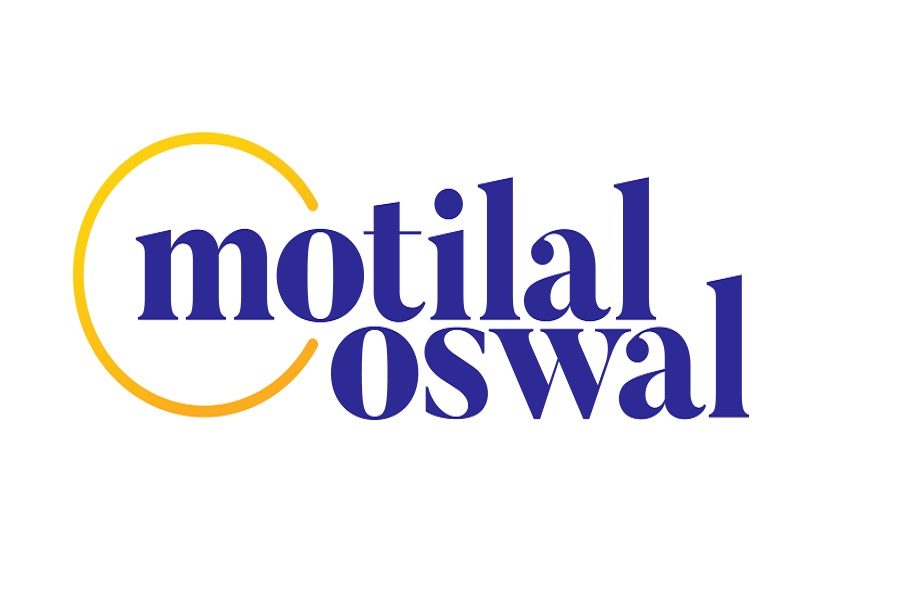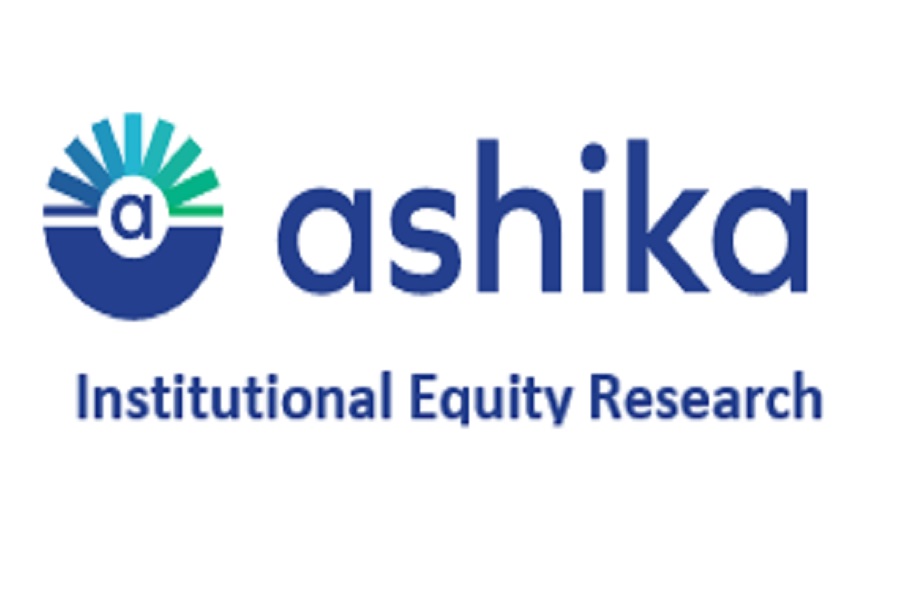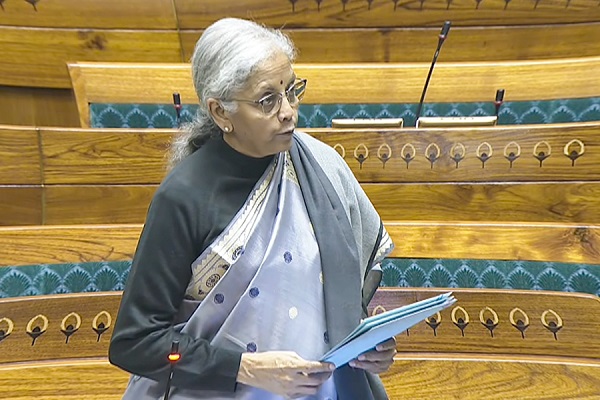India’s macro indicators turning increasingly Supportive: Motilal Oswal Private Wealth

According to June2025 Alpha Strategist Report by Motilal Oswal Private Wealth (MOPW), Domestically, macro indicators are turning increasingly supportive. Q4FY25 GDP growth has surprised on the upside printing the highest reading of 7.4% in the last 4 quarters while Inflation has been softening coming below 4% for 4 consecutive months. GST collections are rising steadily, reinforcing confidence in underlying demand and formal sector activity.
From a policy standpoint, all three levers — fiscal, monetary, and regulatory — are now pulling in the same direction, aimed at sustaining the growth momentum. Increased tax exemption limits announced in the budget have come into effect from Apr'25, and is likely to boost disposable income and consumption demand across income brackets. On the infrastructure and public investment front, government capital expenditure is witnessing strong year-on-year growth, helping to drive the investment cycle.
Click here to see detailed report
Click here to see previous reports
April and May were both a tale of two halves. Escalating global tariff worries gave way to deferment of tariffs in the second half of April while heightened geopolitical tension between India and Pakistan gave way to announcement of a ceasefire in May. Global equity markets have mirrored this improved risk appetite, with the MSCI World Index not just recovering, but clocking fresh all-time highs.
On the global front, rising yields in Japan and China’s tilt towards gold both hint at waning global appetite for US Treasuries. Hence the refinancing of $9 trillion in US debt that is coming up for maturity this calendar year continues to be a looming concern. But the resulting softness in the Dollar Index offers a silver lining as a softer and stable dollar tends to favor flows in the emerging markets - and this cycle appears no different
The report highlights that valuations have gone up again as earnings lagged. Nifty50 1-year forward multiple has inched up above the long-term average, while mid- and small-cap continue to trade at a premium. Hence, bottom-up stock selection and active management remains key for alpha generation now.
Corporate Earnings and Sectoral Performance
The 4QFY25 corporate earnings season concluded on a mixed note. The Nifty-50 saw a modest 3% YoY PAT growth, marking its fourth consecutive quarter of single-digit profit growth since the pandemic.
Mid-cap universe recorded an 11.6% YoY growth
Small-cap universe saw a 17.3% YoY decline in FY25
Large caps had 4.6% YoY earning growth
For FY26, Financials, Metals, and Oil & Gas sectors are expected to be the key growth engines, with expected earnings growth of 11%, 25%, and 13%YoY, respectively
Sectoral Highlights:
Cement: Despite soft demand due to heatwaves/unseasonal rains, prices rose in April-May 2025, especially in South India. Valuations rebounded 10–11%.
Automobiles: Demand muted; PV growth at 2% for FY26. Rural recovery expected due to strong agri output.
Private Banks: Loan growth ~10%, P/B at 3.0x (19% above avg). NIMs improved sequentially, outlook cautious.
PSU Banks: P/B at 1.4x (63% above avg), stable credit growth, strong asset quality.
NBFCs: P/B at 2.2x (16% above avg). Repo cuts may compress NIMs temporarily. MFIs saw improved collection; diversified lenders face marginal stress.
Capital Goods: Trades at 36.6x forward P/E, 27% premium to 10-yr avg (28.9x). Recent corrections due to subdued order inflow and capex. Defense and transmission are key drivers.
Technology: Valued at 24.2x P/E, 14% premium to long-term avg (21.3x). Demand from IT services remained weak; discretionary spending paused.
Equity Portfolio Strategy
Given the current market environment, a neutral stance would be preferred, with 65% allocation to Large Caps and Hybrid Funds for stability and 35% to Mid & Small Caps for growth potential. Investors under-allocated to equities may consider lumpsum investments in LargeCap &FlexiCap funds at current level. However, for Mid and SmallCaps, where valuations remain elevated and volatility is higher, a staggered approach (SIP/STP) would be a better approach to mitigate risks. Conservative investors or those seeking a gradual exposure may opt for Hybrid or Balanced Advantage Funds
Fixed Income View & Portfolio Strategy
Proactive measures by RBI on policy easing and liquidity are likely to result into steepening of the yield curve. Hence in our view one may be overweight on accrual strategies across the credit spectrum. Due to limited room for further capital gains, softening of the yields should be used an opportunity to gradually reduce the exposure from duration strategies.
Performing Credit & Accrual can be played across the credit spectrum by allocating 45% – 55% of the portfolio to Private Credit Strategies, InvITs & Select NCDs
30% – 35% may be invested in Performing Credit Strategies/NCDs and InvITs
20% – 25% may be invested in Private Credit including Real Estate/Infrastructure strategies and select NCDs
25% – 35% of the portfolio may be invested in Arbitrage Funds (minimum 3 months holding period), Floating Rate Funds (9 – 12 months holding period), Absolute Return Long/Short strategies (minimum 12 -15 months holding period)
For tax efficient fixed income alternative solutions, 20% – 25% of the portfolio may be allocated in Conservative Equity Savings funds (minimum 3 years holding period)
Gold Outlook
MOPW continues to maintain neutral stance on the gold from portfolio allocation. Any further directional move on gold will depend on the outcome of US debt situation. Silver can be considered for a tactical play on industrial demand recovery and momentum in commodities, but not as a substitute of gold.
Above views are of the author and not of the website kindly read disclaimer
























